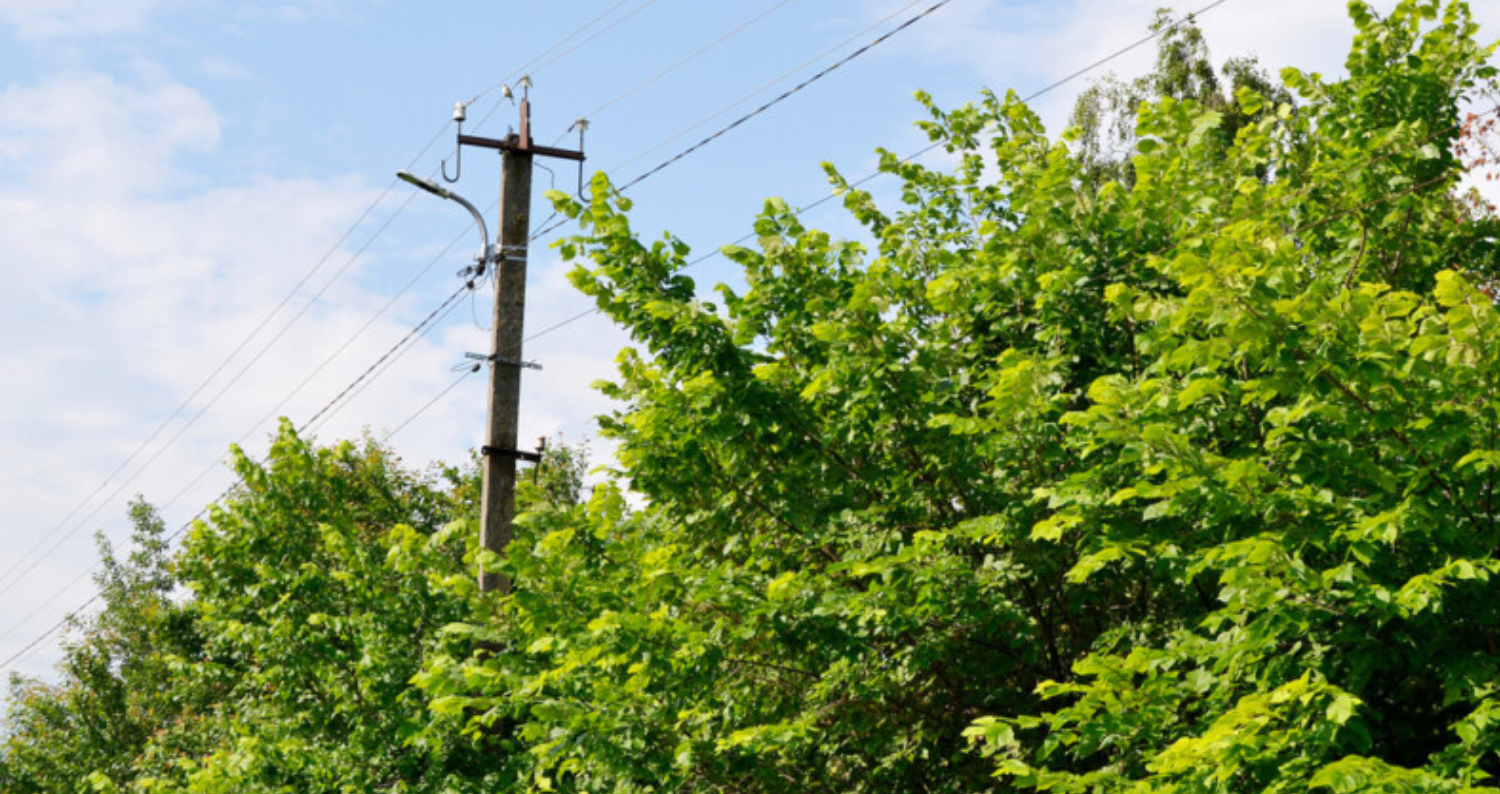
Spot the warning signs before it’s too late.
Trees add beauty, shade, and value to your property; but when a tree becomes damaged, diseased, or unstable, it can pose a serious safety risk. A hazardous tree can fall without warning, potentially causing injury or property damage.
Not sure if your tree is in trouble? Here are five common warning signs that your tree might be a safety hazard, and why it’s important to act early.
1. Cracks or Splits in the Trunk or Major Limbs
Deep cracks, splits, or seams in the trunk or large branches often signal structural weakness. These stress points make trees more vulnerable to storm damage, and they can lead to sudden limb drop or total collapse.
👉 If you notice a cracked trunk, it’s time to call for a tree inspection or consider tree removal.
2. Dead or Hanging Branches
Deadwood is one of the most visible red flags. Large, dead branches can fall unexpectedly, even on a calm day. If you see brittle, leafless limbs or branches hanging loosely in the canopy, your tree may need tree pruning or removal to prevent injury or damage.
Regular trimming and pruning help eliminate these risks before they become emergencies.
3. Leaning or Unstable Growth
A slight lean isn’t always dangerous, but a tree that suddenly begins to lean or shifts position after a storm is a serious concern. This could indicate root damage or shifting soil, both of which make the tree unstable and prone to falling.
A professional can assess whether tree bracing might help stabilize the tree or if removal is the safest option.
4. Fungus, Rot, or Decay at the Base
Mushrooms or fungal growth at the base of your tree are signs of internal decay. Rot weakens the tree from the inside out, and even if the canopy appears healthy, the structure could be compromised.
If you see soft or hollow spots around the trunk or roots, your tree may be at risk.
5. Uplifted Soil or Exposed Roots
Roots that are pulling out of the ground or soil that appears lifted on one side of the tree are signs that the tree may be losing its grip in the ground. This often happens after strong winds or heavy rain and can be a precursor to the tree falling.
This is a major safety hazard that calls for immediate attention , especially if the tree is near your home, garage, fence, or driveway.
What to Do Next
If your tree shows any of these signs, don’t wait. A hazardous tree is a liability and often, the sooner it’s assessed, the more options you have to preserve it or safely remove it.
At Saki’s Tree Service, we provide expert tree removal, tree bracing, and emergency tree services across Souther Ontario. Our team is fully insured, safety-focused, and always ready to help protect your property.
📞 Contact us today for an expert tree assessment or free estimate.
Spot the warning signs before it’s too late.
Trees add beauty, shade, and value to your property; but when a tree becomes damaged, diseased, or unstable, it can pose a serious safety risk. A hazardous tree can fall without warning, potentially causing injury or property damage.
Not sure if your tree is in trouble? Here are five common warning signs that your tree might be a safety hazard—and why it’s important to act early.
1. Cracks or Splits in the Trunk or Major Limbs
Deep cracks, splits, or seams in the trunk or large branches often signal structural weakness. These stress points make trees more vulnerable to storm damage, and they can lead to sudden limb drop or total collapse.
👉 If you notice a cracked trunk, it’s time to call for a tree inspection or consider tree removal.
2. Dead or Hanging Branches
Deadwood is one of the most visible red flags. Large, dead branches can fall unexpectedly, even on a calm day. If you see brittle, leafless limbs or branches hanging loosely in the canopy, your tree may need tree pruning or removal to prevent injury or damage.
Regular trimming and pruning help eliminate these risks before they become emergencies.
3. Leaning or Unstable Growth
A slight lean isn’t always dangerous, but a tree that suddenly begins to lean or shifts position after a storm is a serious concern. This could indicate root damage or shifting soil, both of which make the tree unstable and prone to falling.
A professional can assess whether tree bracing might help stabilize the tree or if removal is the safest option.
4. Fungus, Rot, or Decay at the Base
Mushrooms or fungal growth at the base of your tree are signs of internal decay. Rot weakens the tree from the inside out, and even if the canopy appears healthy, the structure could be compromised.
If you see soft or hollow spots around the trunk or roots, your tree may be at risk.
5. Uplifted Soil or Exposed Roots
Roots that are pulling out of the ground or soil that appears lifted on one side of the tree are signs that the tree may be losing its grip in the ground. This often happens after strong winds or heavy rain and can be a precursor to the tree falling.
This is a major safety hazard that calls for immediate attention , especially if the tree is near your home, garage, fence, or driveway.
What to Do Next
If your tree shows any of these signs, don’t wait. A hazardous tree is a liability — and often, the sooner it’s assessed, the more options you have to preserve it or safely remove it.
At Saki’s Tree Service, we provide expert tree removal, tree bracing, and emergency tree services across Souther Ontario. Our team is fully insured, safety-focused, and always ready to help protect your property.
📞 Contact us today for an expert tree assessment or free estimate.
